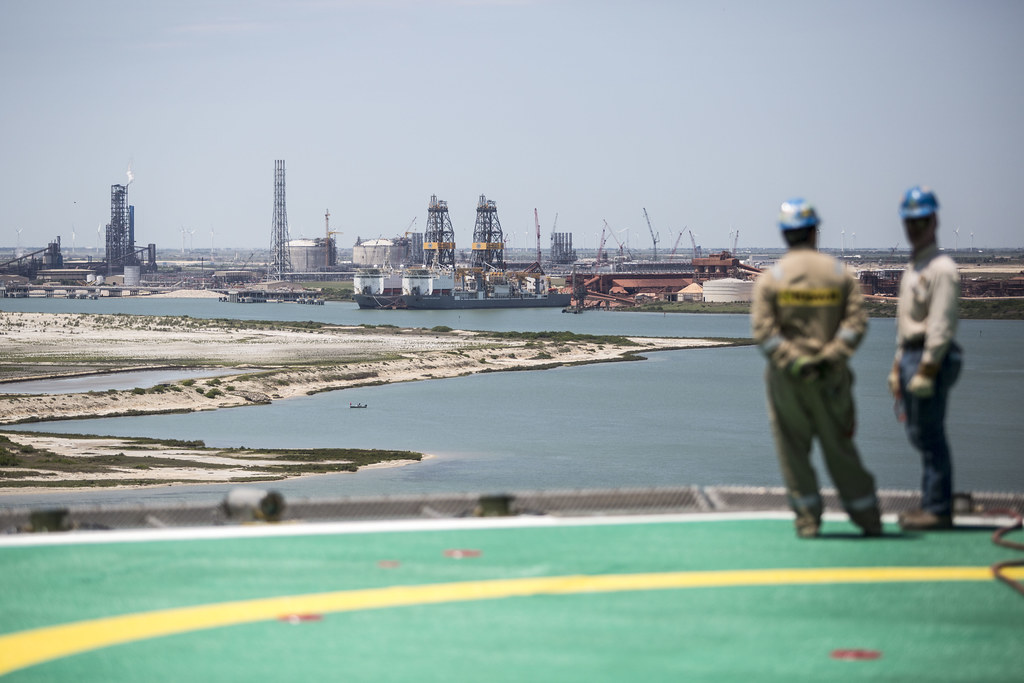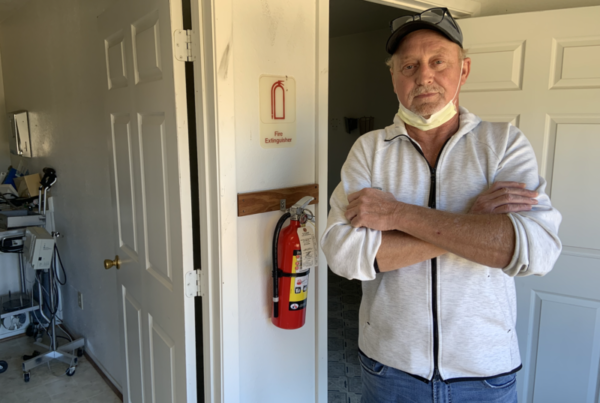ExxonMobil is proposing a plan to capture carbon dioxide and store it deep in the Gulf of Mexico as one way of reducing CO2 emissions into the Earth’s atmosphere.
It’s a strategy that’s long overdue, says Jim Blackburn, environmental attorney and professor of practice in environmental law at Rice University. Blackburn says the oil and gas company has committed to developing a carbon capture infrastructure that would include pipelines at manufacturing plants and refineries, for example, which would send CO2 to empty, underground oil and gas reservoirs thousands of feet below the sea floor. It would be years before such a system is operational, but he says the important thing is that ExxonMobil has committed to it. For years, Exxon downplayed the threat of climate change; this is a sign the tide is turning.
“Many of us have been watching the oil and gas industry waiting for the big moves to be made, and this is one of the big moves,” Blackburn told Texas Standard.
But Blackburn warns that so-called carbon capture isn’t a silver bullet to address climate change. Instead, he says it’s one solution among many that all need to be deployed to mitigate the effects of a warming atmosphere.
“I don’t think anything is more important about carbon dioxide control and getting it out of the atmosphere than having as many alternatives, if we can, and using them all,” he said.
Highlights from this segment:
– Putting carbon dioxide back into the soil is another form of carbon capture that might be used to combat climate change. Blackburn says this could be done in America’s grasslands, where cattle – also major contributors to climate change – graze, as well as in forests.
– Exxon’s strategy is to capture CO2 at manufacturing sites so that it doesn’t enter the atmosphere in the first place. Blackburn says carbon-capturing strategies for individuals is trickier, and will likely require ways of pulling it out of the atmosphere.
– Blackburn says Exxon would have to monitor the reservoirs for leaks. But the primary risk, he says, is the cost of carbon capture. “A lot of it has to do with having enough sources together to give you enough carbon dioxide to make the whole system worthwhile,” he said.















